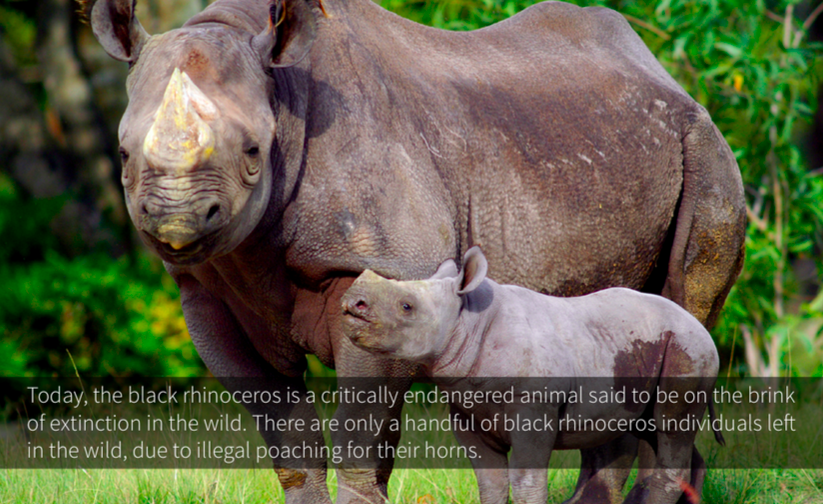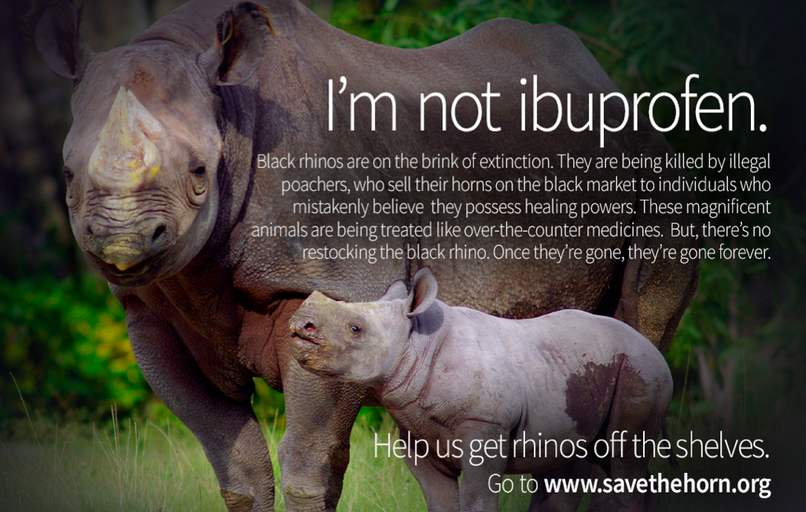Blog Insights
Taking the Devil out of the Details
Turning Complex Constructs Into Compelling Storytelling
If you’re working for a mission-based organization, NGO, or humanitarian federal agency, chances are you’re really smart, altruistic, and incredibly passionate about advancing important social issues to improve people’s lives. You know the issues inside and out. And, you can spend hours talking about the incredible benefits or carefully articulating the challenges. Your passion and drive is the direct result of one overriding characteristic you share with many other game-changers who’ve come before you: you care about something bigger than yourself and you want to make a difference.
The question is: can you make other people feel the same way?
Organizationally, it’s your job to be a subject matter expert on your issues — to be in the weeds and really know your stuff. But, the problem is that organizations often let the weeds overshadow the emotion behind the very thing they’re trying to accomplish.
I recently led a webinar on the lost art of storytelling in education, persuasion, and/or contribution campaigns. In the 20+ years I’ve been doing this, I still see organizations trying to effect positive change using impersonal facts, cold data, run-of-the-mill charts and graphs — in other words, the weeds. The results are always the same: lackluster success. They may move the needle a little, but it’s rarely a home run.
Audiences are not cyborgs.
Clean drinking water. Climate change. Animal welfare. Global health. Human rights.Whatever your organizational mission, try to remember what got you interested in your issue in the first place. That’s what audiences are looking for. Audiences are comprised of thinking – but more importantly – feeling human beings. The Tin Man wanted to feel something. So do audiences, and it’s your job to make them feel an emotional connection to your mission.
Turning cold facts into warm fuzzies.
That was the title of my webinar, but it’s a little misleading because not all “fuzzies” are warm. What I mean is this: not all emotional arguments are going to be pretty. But, as long as they’re authentic, human, and compelling, they’ll be effective. Take the example below.
There is a big problem facing the world’s rhino population. In short, they’re being poached to the brink of extinction because of a tragic cultural myth that their horns contain medicinal properties. Okay, maybe they’re not as beautiful as Cecil the Lion, but rhinos are every bit as important and deserve just as much outrage over their annihilation — as does any other species that’s literally being hunted to death.
But, here’s another tragedy. This is how a lot of information about the issue is being communicated:

The information is well articulated. Audiences can easily digest the threat. But. Even using a compelling image (like the one above), it’s lacking the one thing it really needs — heart.
So, what if we reframed the exact same argument like this:

What we have now is a strong argument that’s super clear, but it’s also emotionally compelling. We’re presenting a problem — a problem most people won’t relate to — and turning it into a relatable issue. Who hasn’t experienced that temporarily out of stockmoment at your local pharmacy? By presenting it this way, we make the case that unlike over-the-counter real medicines, rhinos can’t be restocked.
But, we do something even bigger than making it relatable — we make the audience part of the solution. “Help us get rhinos off the shelves.” We’re telling our audiences to help us. And, we’re telling them how: “Go to www.savethehorn.org.”
The takeaway? How you say something is every bit as important as what you say. If you want to persuade people and galvanize audiences, you’d better make sure you’re saying it with a lot of heart.
No matter how tempting, don’t rely on facts alone.
The details are important, but don’t be seduced into thinking that facts alone — no matter how powerful they may be — will generate interest, raise awareness or move people. Do something devilishly clever: Tell great stories. Back them up with your facts. Pour all of your passion into your communications.
The Devil is in the details, for sure. But, transforming those details into heartfelt stories is truly heaven sent.